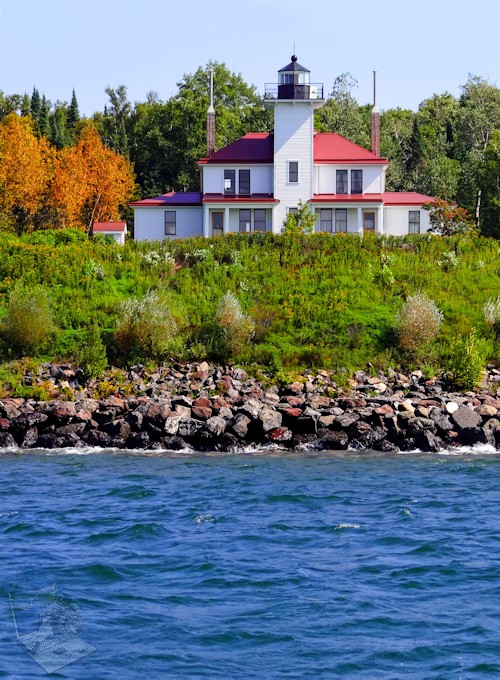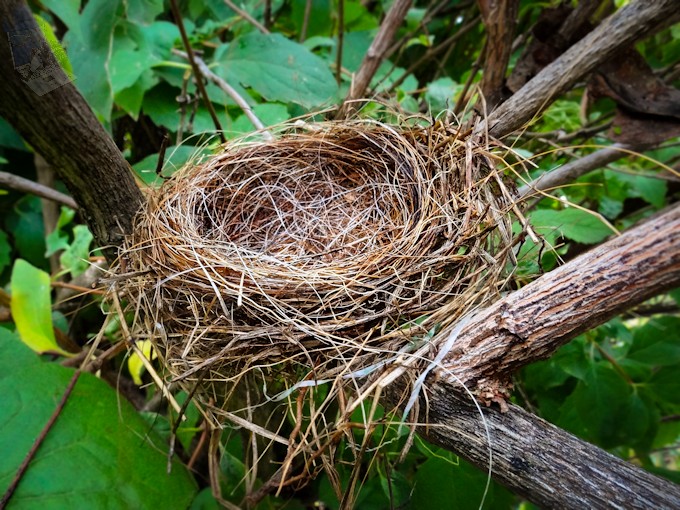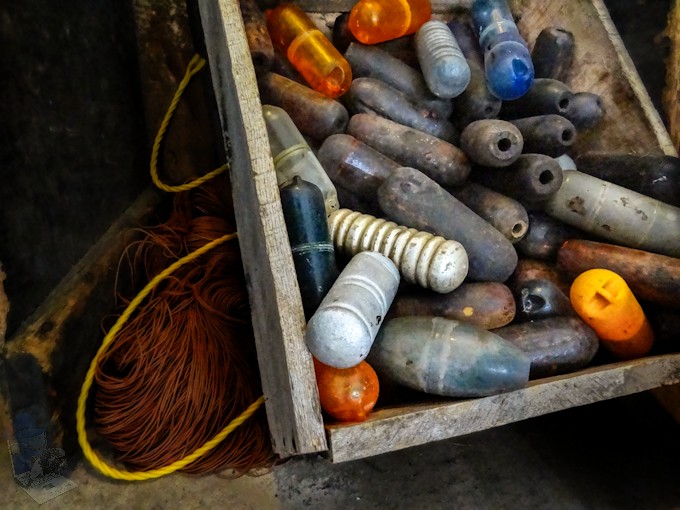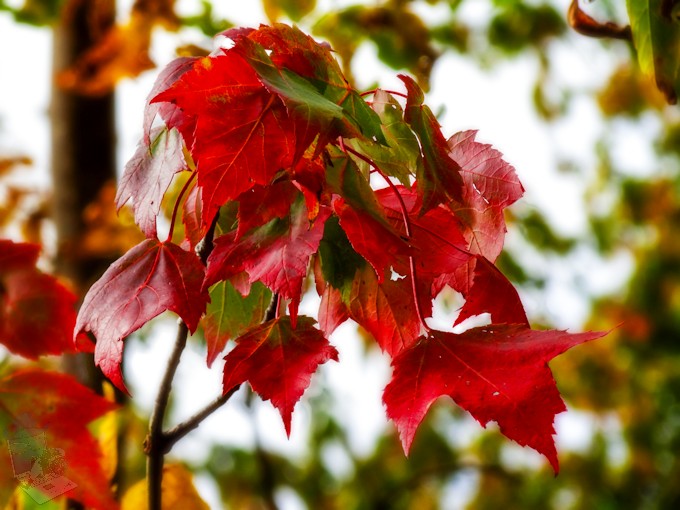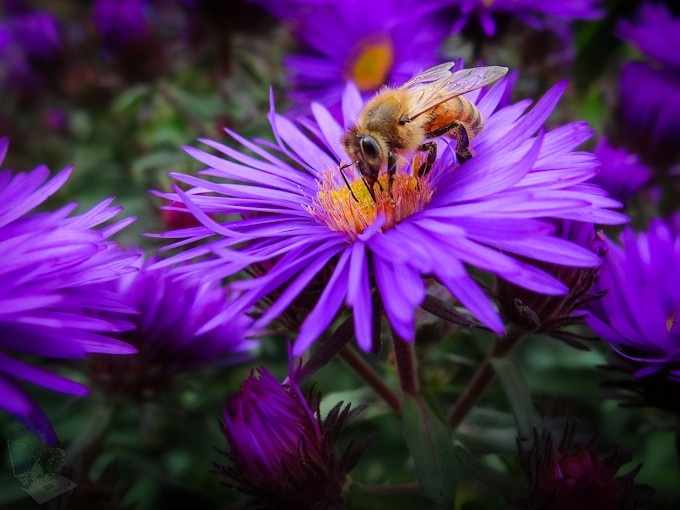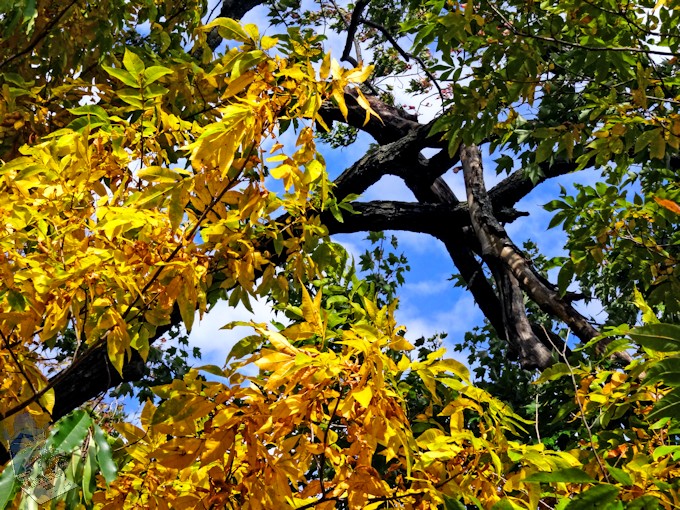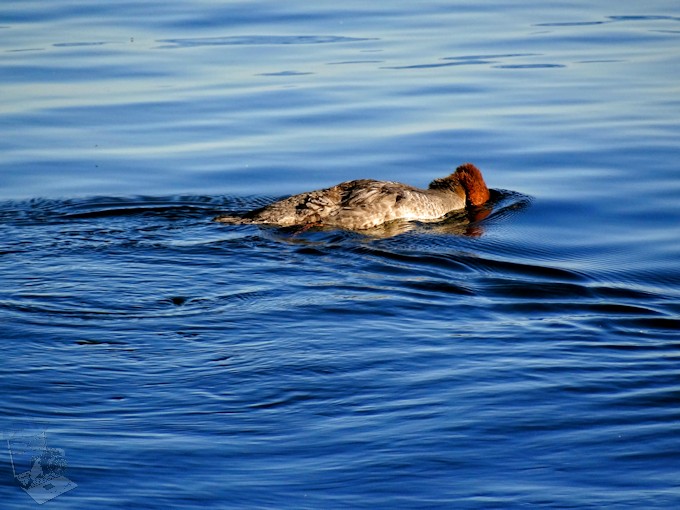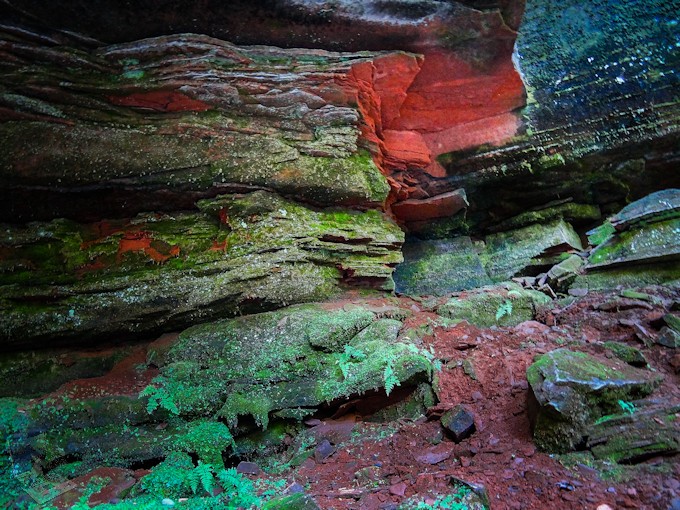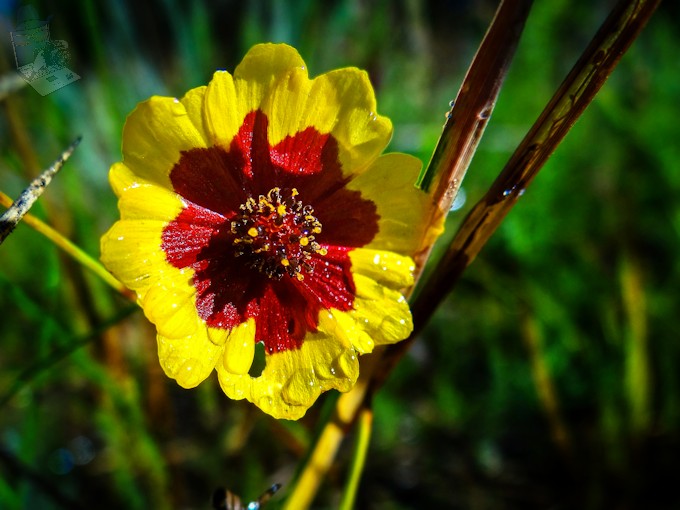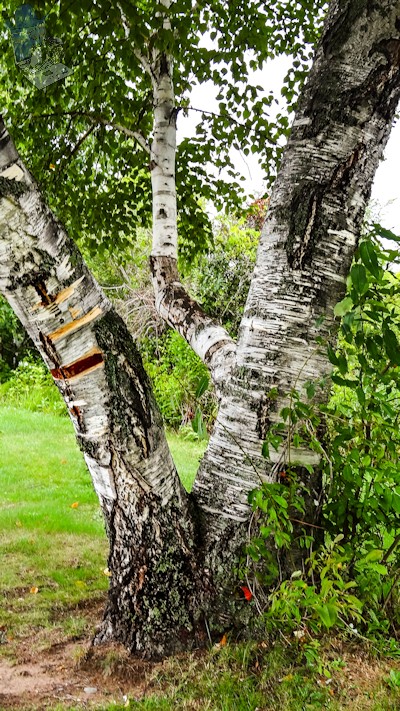In the middle of the Civil War, Raspberry Island Lighthouse’s fifth-order, fixed lens was exhibited for the first time on July 20, 1863 as part of the lighthouse system guiding sailors in the Apostle Islands area.
Isolated on an island may seem appealing to some but it also presented some hazards too. Light-keeper Francis Jacker was almost dismissed when his light was out on September 13, 1887. A westerly gale forced Keeper Jacker to move the station’s sailboat from the dock to a safe anchorage near the eastern end of the island. He was unable to haul the boat up to the boathouse due to the the dilapidated condition of the boatways and in the darkness, Keeper Jacker sailed beyond the end of the island.
Unable to fight the gale back, he drifted over to Oak Island, where his boat was heavily damaged. On the desolate island without food or fire and only scantily dressed, Jacker finally was able to hail a passing Native American after nearly three days.
The light was out the night of the 13th, but fortunately Keeper Jacker’s family had arrived for a visit on the 14th and displayed the light for two nights until his return. Lighthouse officials reinstated the position of assistant keeper, which had been abolished at Raspberry Island in 1882, after this incident and Keeper Francis Jacker was not discharged due to the credible reason for the outage.
Raspberry Island Lighthouse
